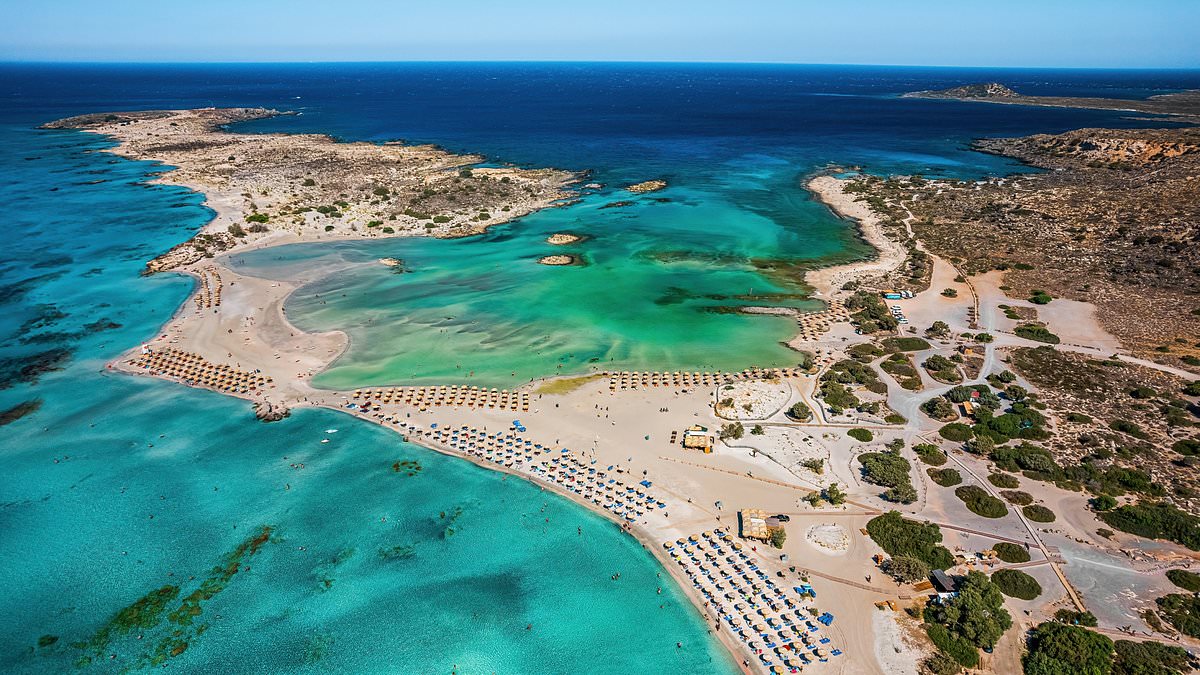An earthquake of magnitude 6.3 struck the island of Crete in Greece on Wednesday, the German Research Centre for Geosciences said.
The quake was at a depth of 83 km – or 51.57 miles, the centre added.
The US Geological Survey (USGS) recorded a slightly lower quake, at 6.1 magnitude.
The current damage to the island is not currently known, though the USGS estimates that there is little risk of landslides or liquefaction, the loss of the ground’s structural integrity, occurring.
According to the USGS, tremors will likely have been felt across dozens of Greece’s islands, as well as the western coast of Turkey.
Tremors are also likely to have been felt inland, around the Muğla and Aydın provinces of Turkey.
Shaking was reported as far as Egypt, Syria and Israel.
The region lies in one of the most seismically active zones in Europe, where the African and Eurasian tectonic plates meet.

An earthquake of magnitude 6.3 struck the island of Crete in Greece on Wednesday (File image)

Earthquakes are common in this zone, particularly along the Hellenic Arc, which has produced several large and damaging events in the past.
Crete is home to more than 624,000 people, with around a third of the island’s population living in the capital city of Heraklion.
The island is also one of the most popular holiday destinations in the whole of Greece, with 15% of visitors arriving in Heraklion.
Generally, any earthquake above a 6.0 can cause damage if it hits a populated area.
According to Michigan Tech University, an estimated 100 earthquakes with a magnitude between 6.1 and 6.9 are recorded every year.
More to follow.
